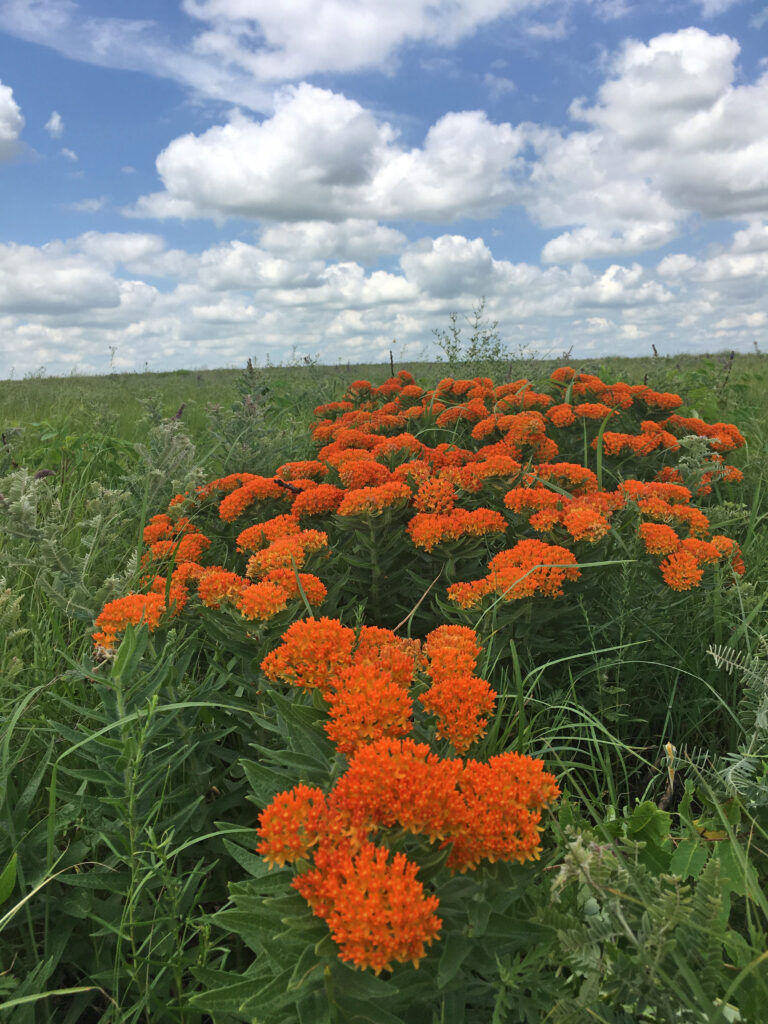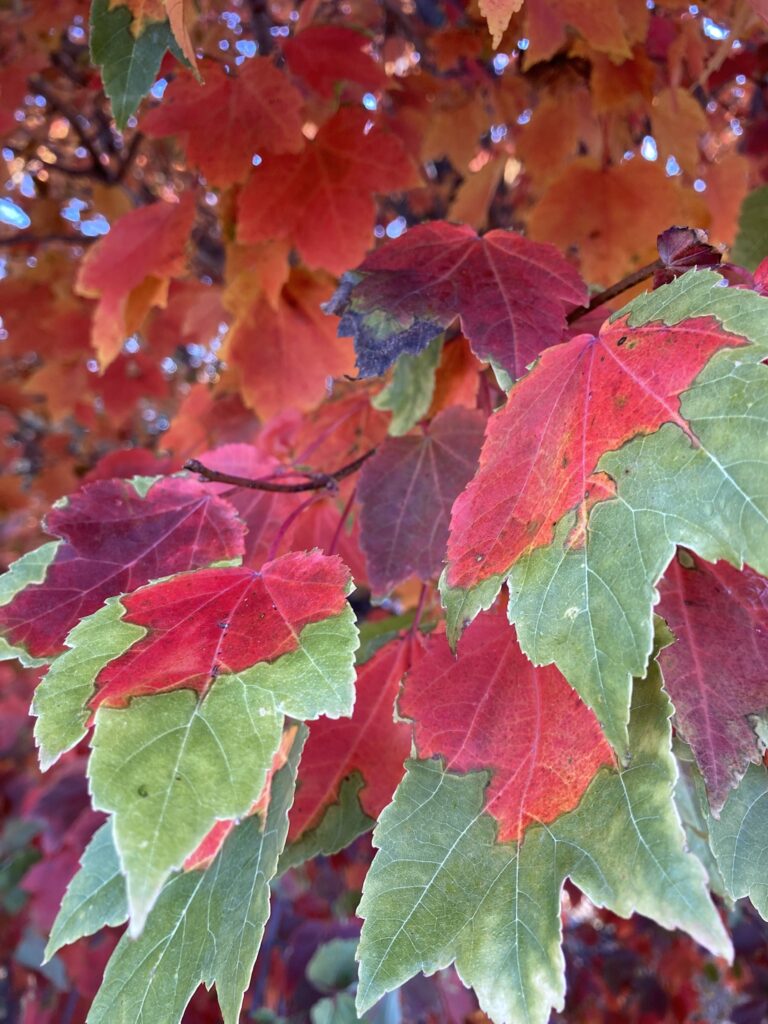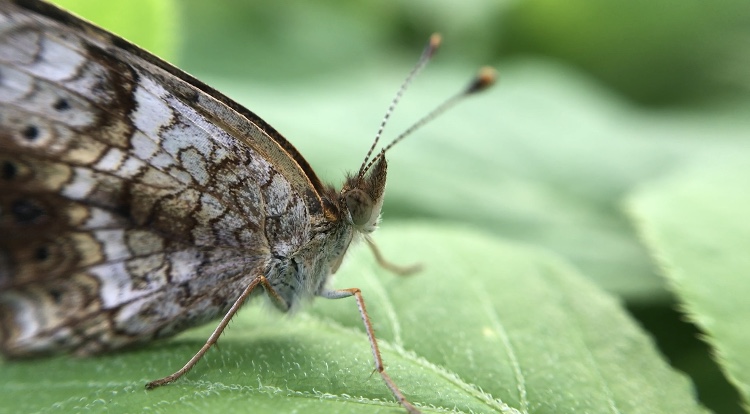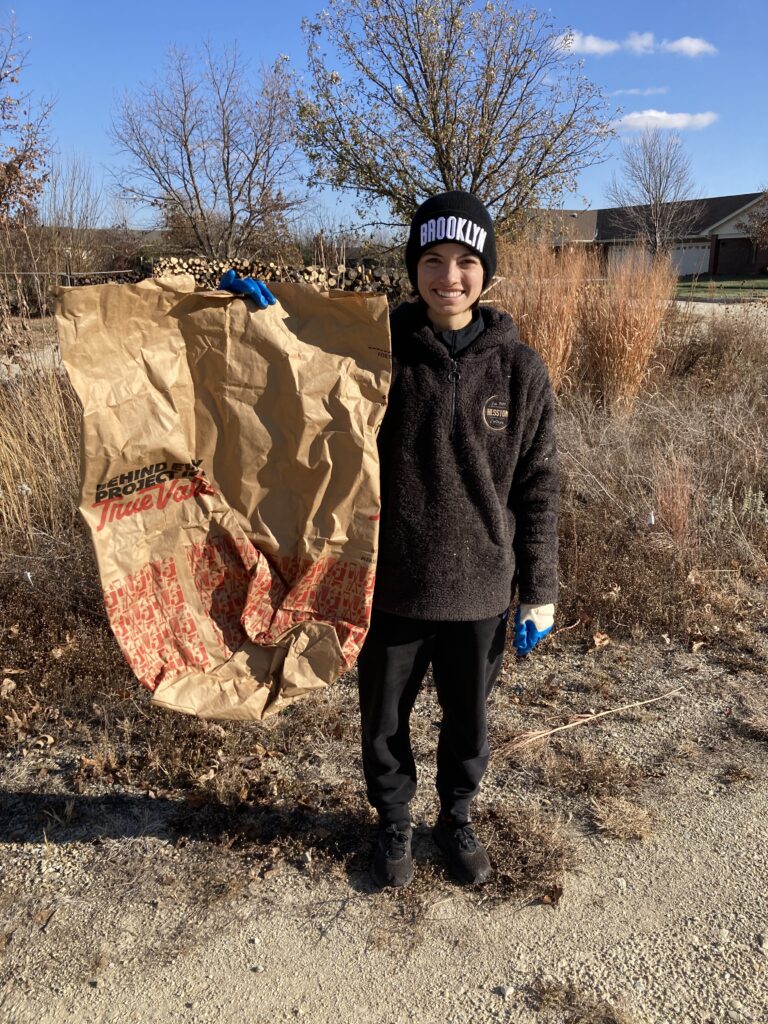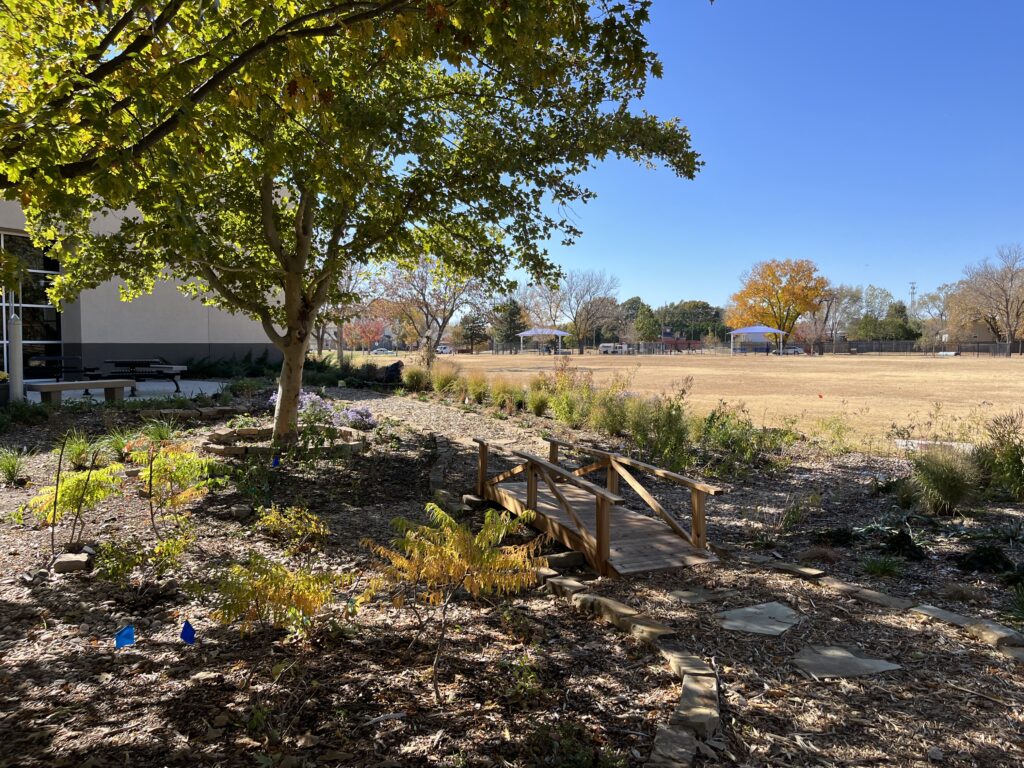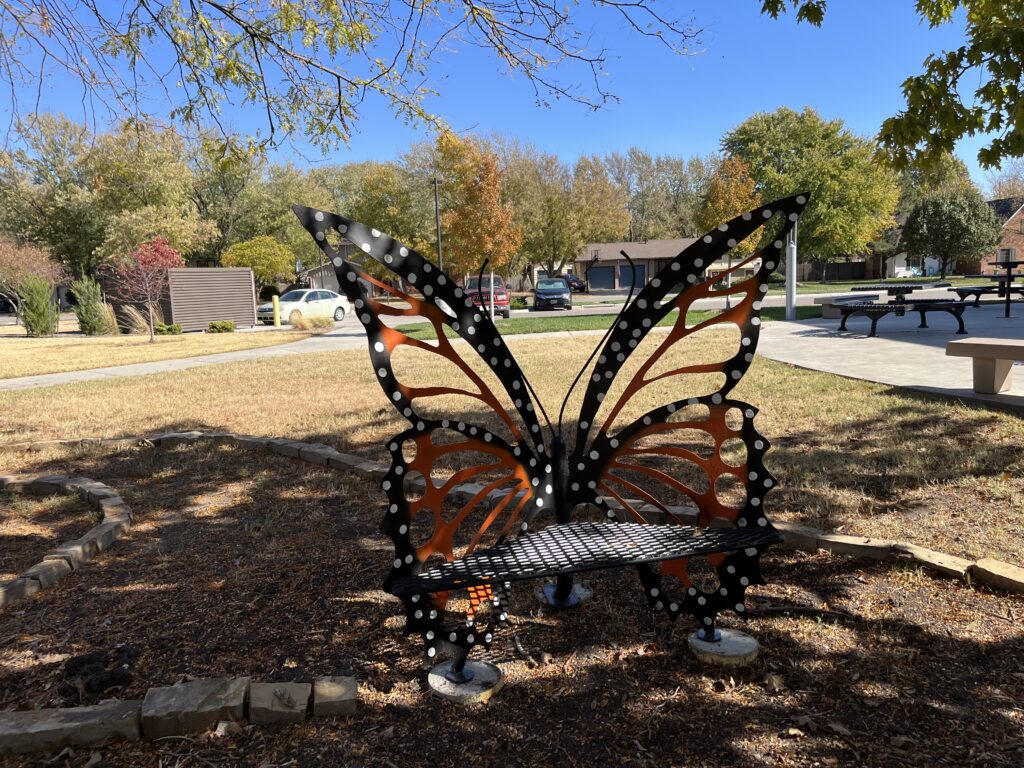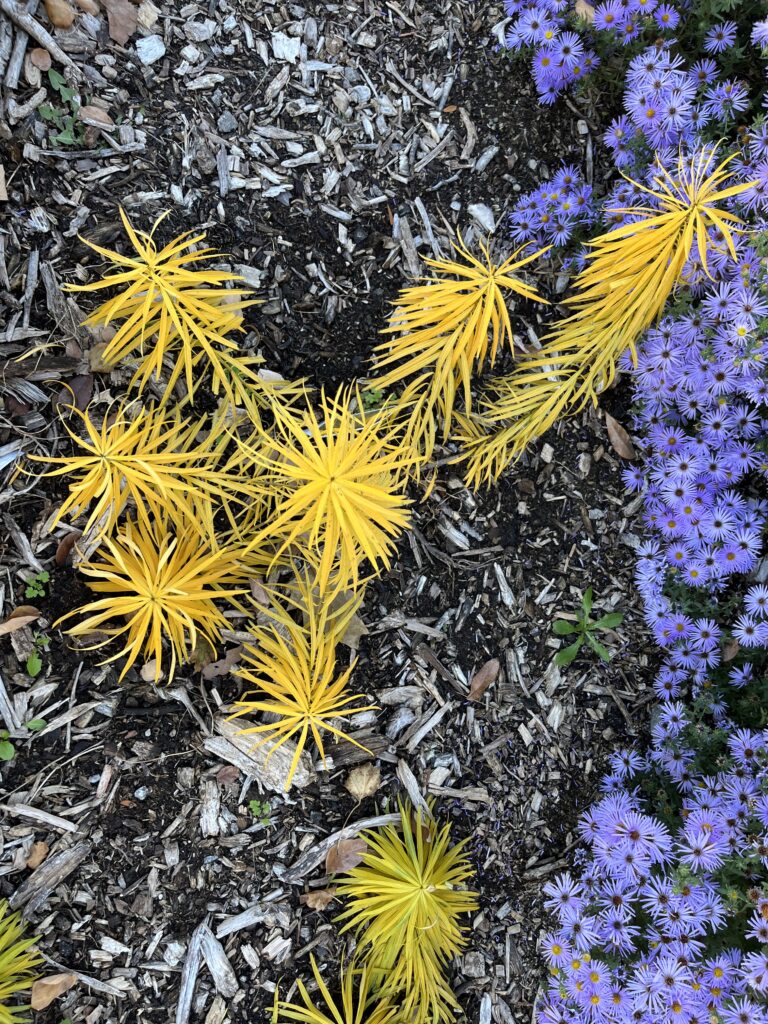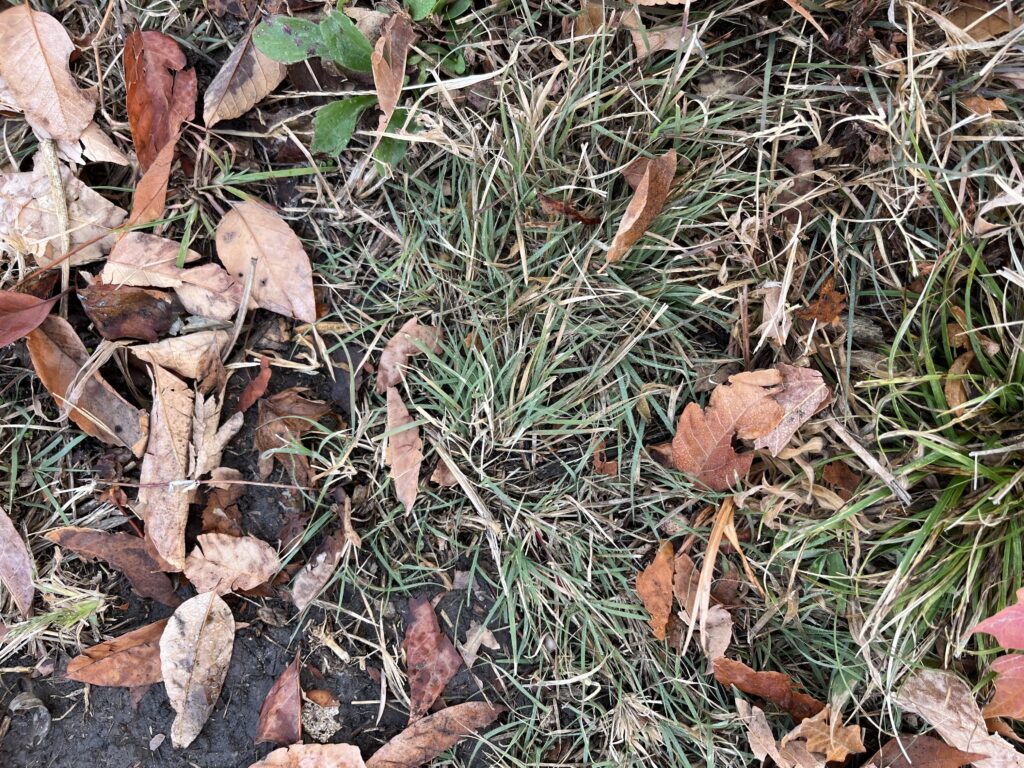I am grateful for the beauty of nature which reminds me to slow down and take a deep breath.
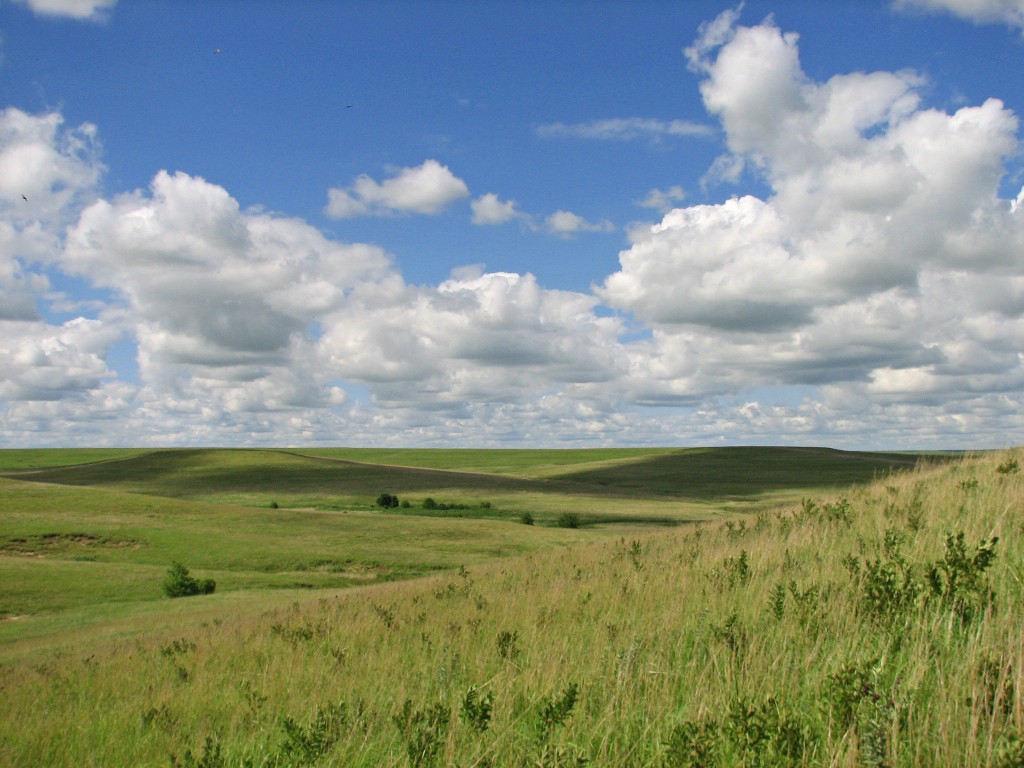
How was it possible, I asked myself, to walk for an hour through the woods and see nothing worthy of note? I who cannot see find hundreds of things to interest me through mere touch. I feel the delicate symmetry of a leaf. I pass my hands lovingly about the smooth skin of a silver birch, or the rough, shaggy bark of a pine. In spring I touch the branches of trees hopefully in search of a bud, the first sign of awakening Nature after her winter’s sleep. I feel the delightful, velvety texture of a flower, and discover its remarkable convolutions; and something of the miracle of Nature is revealed to me. Occasionally, if I am very fortunate, I place my hand gently on a small tree and feel the happy quiver of a bird in full song. I am delighted to have the cool waters of a brook rush through my open fingers. To me a lush carpet of pine needles or spongy grass is more welcome than the most luxurious Persian rug. To me the pageant of seasons is a thrilling and unending drama, the action of which streams through my fingertips.
Helen Keller, Three Days to See
At times my heart cries out with longing to see all these things. If I can get so much pleasure from mere touch, how much more beauty must be revealed by sight. Yet, those who have eyes apparently see little. The panorama of color and action which fills the world is taken for granted. It is human, perhaps, to appreciate little that which we have and to long for that which we have not, but it is a great pity that in the world of light the gift of sight is used only as a mere convenience rather than as a means of adding fullness to life.
In every walk with nature one receives far more than he seeks.
John Muir

He will see the beauty, as well as the unity, of the whole, and know the two cannot be separated. We love (and make intelligent use of) what we have learned to understand.
Aldo Leopold
Follow down the leg past knee
on down where
world and body meet.The sole you’ll find
amid the grime.
calloused pads that bruise and bleed.Like Achilles
our strength will be
the same that makes us weak.So descend your frame
John Simmering
and find your soul
hid on the bottom of your feet.
HAPPY THANKSGIVING!
